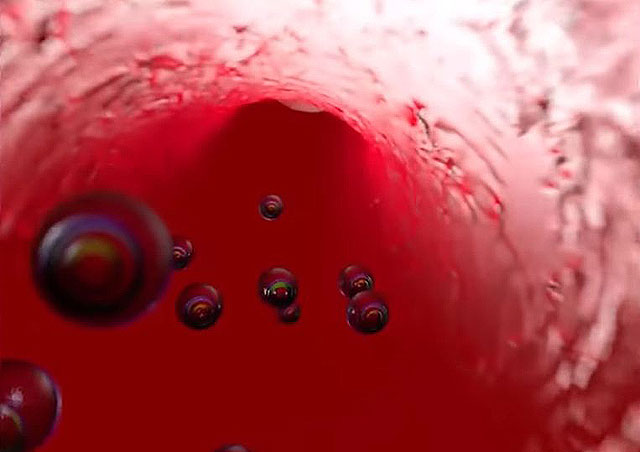
Another amazing breakthrough was made in the field of biomedicine!
Micro-robots have demonstrated their efficacy to deliver antibiotics in a highly-acidic environment such as the stomach.
Antibiotics are very sensitive to acid, which lessens their effectiveness in fighting off bacteria. This condition has been a major obstacle to physicians who endeavor to treat gastric and extragastric diseases.
In order to protect a medicine’s effectiveness in treating the stomach, physicians have to administer the antibiotic with proton pump inhibitors (PPIs). However, long-term use of PPIs causes other illnesses like diarrhea, headaches, anxiety attacks, and depression.
The use of nano/micromotors in biomedicine has been quite a big success. They have become great tools in microsurgery, living cell operations, elimination of toxic molecules and substances, and therapeutic payload delivery. However, these procedures have been done in vitro (via test tubes and lab dishes) only. There’s a serious need to prove that nano/micromotors can directly treat living organisms (in vivo).
In a mice experiment, scientists from the Department of NanoEngineering at the University of California San Diego proved that it could be done!
And they used biodegradable, magnesium-based micro-robots as their drug-loading mechanisms in delivering treatment inside a very harsh, highly-acidic environment — the stomach of a living organism.
The researchers opted to use Helicobacter pylori (H. pylori) infection as a model for the treatment. H. pylori is a type of bacteria present in more than half of the world’s population, often causing stomach infection and peptic ulcer.
The antibiotic drug that the micro-robots would be carrying was clarithromycin (CLR).
The Mg-based, spherical micro-robots were designed with built-in proton depletion function. This way, the acidity of the stomach could be easily neutralized in less than 20 minutes without causing acute toxicity or hampering stomach functions. The micro drug-carriers could also adhere on the stomach wall so the antibiotic drug CLR could be efficiently autonomously released.
Each of the micro-robot also had a small opening for spontaneous magnesium-acid reaction. This prompted the efficient propulsion of the micro-robots in the stomach fluid through the hydrogen micro-bubbles that the chemical reaction produced. After delivering the drug, the biodegradable micro-robots just naturally dissolved in the stomach area in less than 6 minutes without harmful residues.
The result?
Significant reduction of bacteria burden in the mice.
According to the study authors as published in Nature Communciations: “Our results showed that the active propulsion of drug-loaded Mg-based micromotors in the acidic media of the stomach and motor-tissue interaction lead to efficient drug delivery and hence to a significant reduction of bacteria burden compared to passive drug carriers. Furthermore, such drug-loaded micromotors function in gastric condition for the H. pylori infection treatment without the need of PPIs. We also demonstrated that there were no toxicological consequences of the micromotors in the mouse models. Overall, our results indicate that micromotors may be adapted to the development of new and safe therapeutic treatments against stomach diseases such as H. pylori infection.”
This was the first experiment on nano/micromotors that was performed in a living organism.
With its success, opportunities to use synthetic nano/micromotors as active delivery platforms for in vivo treatment of various diseases are now truly within the grasp of the medical world.
Disclaimer: This page contains affiliate links. If you choose to make a purchase after clicking a link, we may receive a commission at no additional cost to you. Thank you for your support!

Leave a Reply